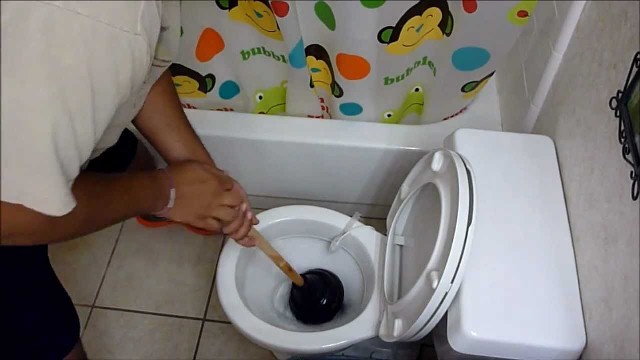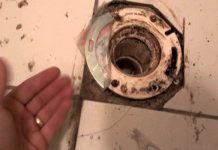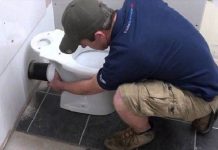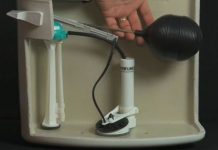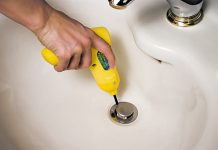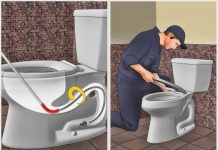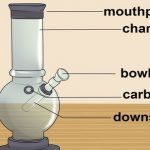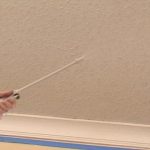Toilet blockage generally happens at the most inappropriate moments. Luckily, you can get rid of most blockages by yourself without calling the plumber. Most blockages can be opened with a good plunger or drain chemicals. Read the article to learn the methods to plunge a toilet.
Methods to Plunge a Toilet
1.) Plunger to Plunge a Toilet
Steps to Use Plunger
- Stop the toilet from overflowing at any cost.
- Never flush again, if your toilet flush doesn’t work properly after one flush. This is the main reason for the extra water to get deep into the toilet bowl.
- In its place, take the cover of the toilet tank off and close the toilet flapper immediately. Closing of the flapper will stop the extra water from entering into the bowl.
- The flapper is a round drain stopper connected to a chain.
- It is fine to put your hand inside in the water tank to close the flapper as the water is not dirty.
- If there is any splashing happens then put some newspapers or paper towels on the toilet floor to soak up water. The paper will help you to cleanup later. Make sure to turn on the exhaust fan or open the window to lower down the effect of foul odors.
- Now, look to see the blockage in the toilet pot. If the blockage is quite heavy, put on a pair of rubber gloves.
- Toilets are unhygienic, and a good pair of rubber cleaning gloves will save you from harmful germs inside. Select gloves that spread up to your elbows.
- Things can get messy when you plunge a toilet, so try to wear an old set of clothing.
- If the blockage is easily visible and reachable then remove it fast from the toilet if possible.
- If you are not able to remove it with your hands, and you know there’s an item causing the blockage then go for the hook to take it out.
- It is essential to use a big and good quality rubber plunger, in place of the rubber flange or ball-shaped type that on the bottom forms a closure.
- Do not try the local and cheap type of plunger as this will not work great.
- If your plunger is not creating a good cover, try wrapping an old cloth around the bottom of the plunger to prevent any leaks.
- Soak the plunger in the hot water before using it. Hot water will soften it up, and that will form a great seal.
- Ensure that the plunger completely covers the hole of drain.
- The plunger should be immersed deeply into the water to be effective.
- It is essential to be pushing and pulling with water only, not air. Pour water from the tub into the bowl if required.
- Drive the plunger over the hole, slowly as it will plunge the trapped air into the bowl.
- Push down and then pull up strongly to open the blockage and loosen it.
- Do the same trick by pushing and pulling forcefully until all the water begins to drain fast.
- Plunging will take around 15 to 20 times of pushing.
- It will remove the blockage if there is no hard object trapped in the drain.
- It might not work directly but would often work after a few frequent efforts, with each effort creating a dozens of plunging.
- If the plunging finally drains the waste, but the blockage is still not allowing a free flow down the drain.
- In order to deal with this thing, just fill the bowl with water again with the plunger inside in it.
- Fill the bowl to the point it is usually after a fixed flush, then plunge again.
- Severe blockages might require you to do this a frequent number of times.
2.) Chemical to Plunge a Toilet
Steps to Use Chemical
- Buy a chemical to clean your drain. They’re easily available at most hardware, grocery, and stores.
- Follow this method only if your plunger not worked properly.
- The chemicals used are highly toxic to human and pets, harsh for pipes and quite harmful to the environment.
- Only use chemicals that are exactly made for toilet drains. Going for the other drain cleaners may harm your toilet.
- Keep the lid of the toilet closed to stop the toxic fumes from filling your bathroom.
- Avoid using the plunger right after mixing the chemical in the pot.
- This can harm your skin and eyes as the chemical will shoot back.
- Make sure the toilet is well exhausted so you won’t breathe in the chemicals.

